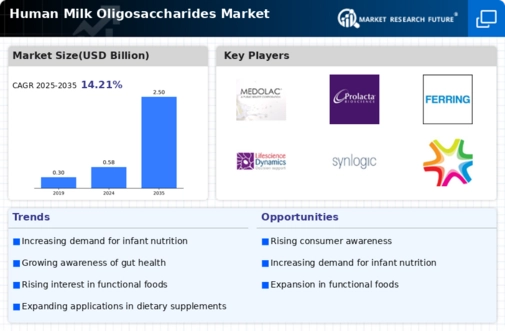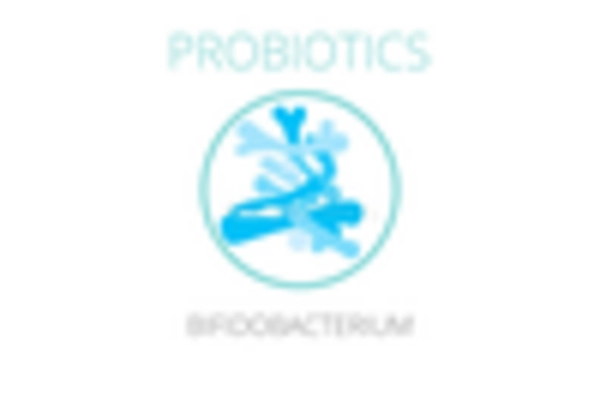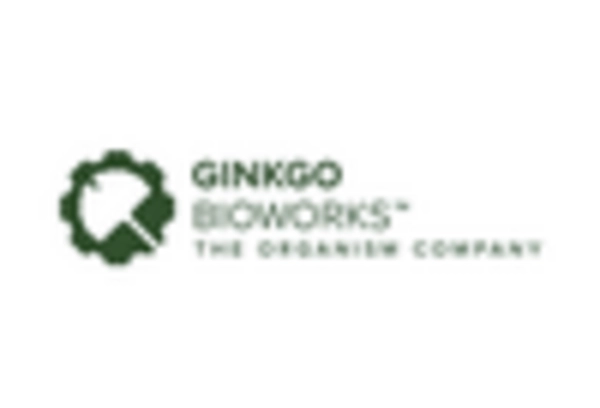Market Share
Human Milk Oligosaccharides Market Share Analysis
The human milk oligosaccharides (HMO) market is characterized by a rising demand for functional ingredients that are known to have some potential health benefits. The European human milk oligosaccharides (HMOs) market generated the second-highest revenue globally in 2021. In 2021, UNICEF reported alarmingly low breastfeeding rates in the United Kingdom, where only 34% of children were breastfed at six months old. Product distinction is a critical strategy in the HMO Market. Its focus lies on unique attributes such as the origin of HMO, specific oligosaccharide compositions, and product purity to differentiate these firms from others. Pricing strategies are also instrumental in market share positioning. Companies seek to produce HMOs at a lower cost than their competitors by adopting the cost leadership approach. In this context, it is vital to note that segmentation plays an important role since these oligosaccharides have different uses and potential health benefits. For example, companies analyze the needs of distinct customer segments, such as infant formula manufacturers, food and beverage producers, or dietary supplement companies, in order to design products that meet them. Hence, strategic partnering and collaborations become essential for market share positioning within the HMO Market. They can make alliances with infant formula manufacturing companies, pharmaceutical firms, or research institutions to reach more customers. In this regard, brand building is key when it comes to claiming a substantial portion of the market among competitors who may be providing similar but not identical products or services in this industry. For instance, companies invest in marketing campaigns that highlight how genuine their HMOs can be relied upon when consumed by babies since they are harmless and have many health benefits if taken properly throughout infancy. Continuous innovation is a driving force in the HMO industry. These businesses invest heavily in R&D so as to develop new applications, optimize production processes, or even increase their range of products for these kinds of sugars.

















Leave a Comment